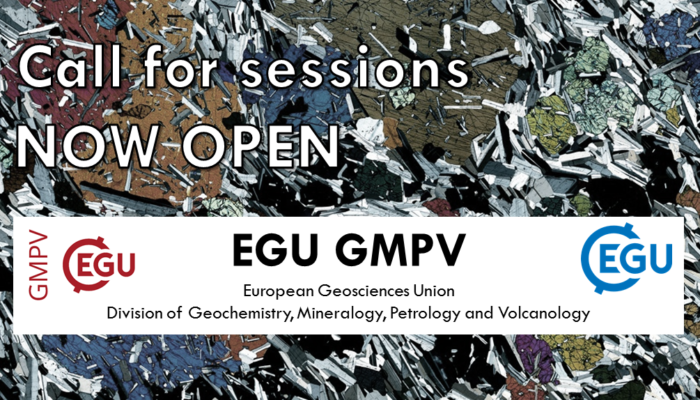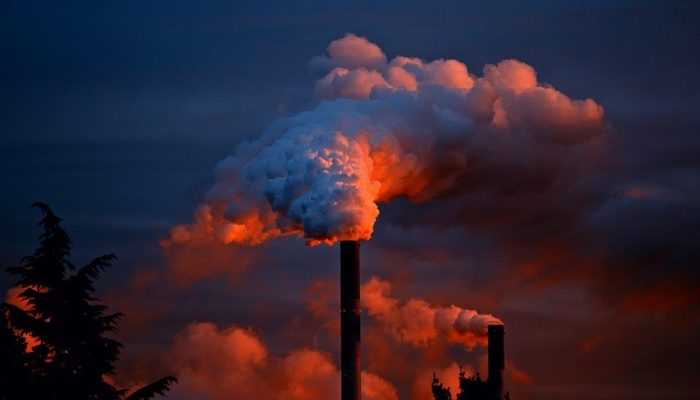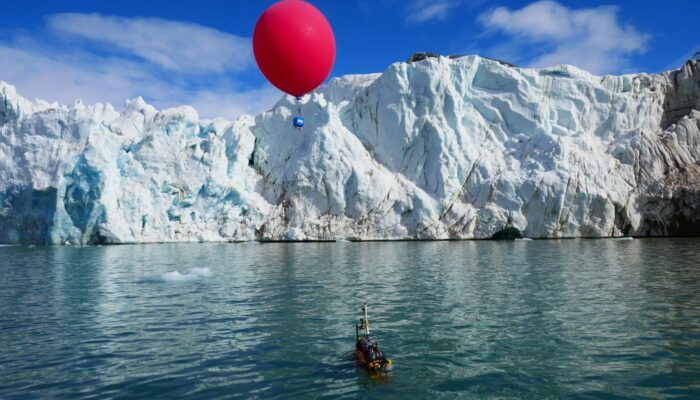Every week, The Sassy Scientist answers a question on geodynamics, related topics, academic life, the universe or anything in between with a healthy dose of sarcasm. Do you have a question for The Sassy Scientist? Submit your question here. Senna asks: I’m torn between mantle dynamics and lithosphere dynamics as a research topic. Which shall I choose? Dear Senna, This is an easy one: mantle dynami ...[Read More]
Geochemistry, Mineralogy, Petrology & Volcanology
What I learned from chairing my first EGU session
By Emily Bamber (PhD Student, University of Manchester) At this year’s EGU meeting I was invited to co-convene the GMPV 5.7 session ‘Magma ascent, degassing and eruptive dynamics: linking experiments, models and observations’. At first, I felt nervous, as a PhD student who has so far only attended and presented at a few conferences. Afterwards I felt happy to be part of a session which presents cu ...[Read More]
Geology for Global Development
The link between development and resource use
This month the GfGD blog revolved around the theme of Resources. Blog author Heather Britton explores the link between the use of natural resources and development. How feasible are the various options available to us, to reach a use of resources aligned with sustainable development? From the ideology of a circular economy, a switch to renewable resources and increasing efficiency, what might help ...[Read More]
Geodynamics
It doesn’t work! (Asking questions about scientific software)
Numerical modelling is not always a walk in the park. In fact, many of us occasionally encounter problems that we cannot directly solve ourselves, and thus rely on help from others. In this month’s Wit & Wisdom post, Patrick Sanan, postdoctoral researcher at the Geophysical Fluid Dynamics group at ETH Zurich, will talk about asking the right questions about scientific software. As an experienc ...[Read More]
Hydrological Sciences
Quality through Equality – tackling gender issues in hydrology
Quality through Equality – tackling gender issues in hydrology Results of a 1-day workshop organised by the University of Bristol’s Water Engineering Group “Science has a diversity problem” (Nature, 2019), and hydrology and the water sciences are no exception. For example, overall only 36% of all EGU medal awardees are female. With 31% of all nominations going to female researchers (Ka ...[Read More]
GeoLog
Imaggeo on Mondays: Robotics at the service of the polar science
This picture was taken in the Arctic in May 2018. It shows the unmanned marine vehicle Proteus in front of the tidewater glacier Conwaybreen in the Kongsfjorden in Spitsbergen in the Svalbard Archipelago. The front of tidewater glaciers is an almost vertical wall of ice standing over the sea where direct measurements are very critical due to the possibility of sudden fall of enormous blocks of ice ...[Read More]
Geochemistry, Mineralogy, Petrology & Volcanology
#mineralmonday: lazurite
#mineralmonday: your weekly* dose of obscure mineralogy, every Monday** [*not guaranteed; **or possibly Tuesday-Sunday] What is it? Lazurite. Take a deep breath, the formula is Na3CaAl3Si3O12S. That’s a lot of elements to digest, what does it mean? Well, the aluminium (Al) and silicon (Si) form tetrahedra (4-faced 3D triangular shapes), with oxygen (O) on the points. These are arrange ...[Read More]
Geodynamics
The Sassy Scientist – Key Papers
Every week, The Sassy Scientist answers a question on geodynamics, related topics, academic life, the universe or anything in between with a healthy dose of sarcasm. Do you have a question for The Sassy Scientist? Submit your question here. Luca asks: What is (in your opinion) the key paper in geodynamics and why? Dear Luca, There is not one key paper. It is simply impossible to point at one paper ...[Read More]
GeoLog
A behind-the-scenes look at EGU’s new office
Earlier this month, the EGU has entered a new chapter in its development by officially relocating its Executive Office – here’s your chance to take a virtual tour of the new space! The EGU Executive Office, currently staffed by seven employees (and growing!), serves as the Union’s headquarters. The office works year-round assisting the EGU membership, implementing media, communications and policy ...[Read More]
Cryospheric Sciences
Image of the Week – Looking to the past for answers
We’re only just really starting to comprehend the state and fate of Himalayan glaciers due to a scarcity of research along the monumental mountain range. Climbers and scientists have been observing these lofty glaciers since the 1900s. However, is that looking back far enough? Glacier moraines, featuring in this Image of the Week, can reveal change extending back thousands of years. You may look a ...[Read More]










